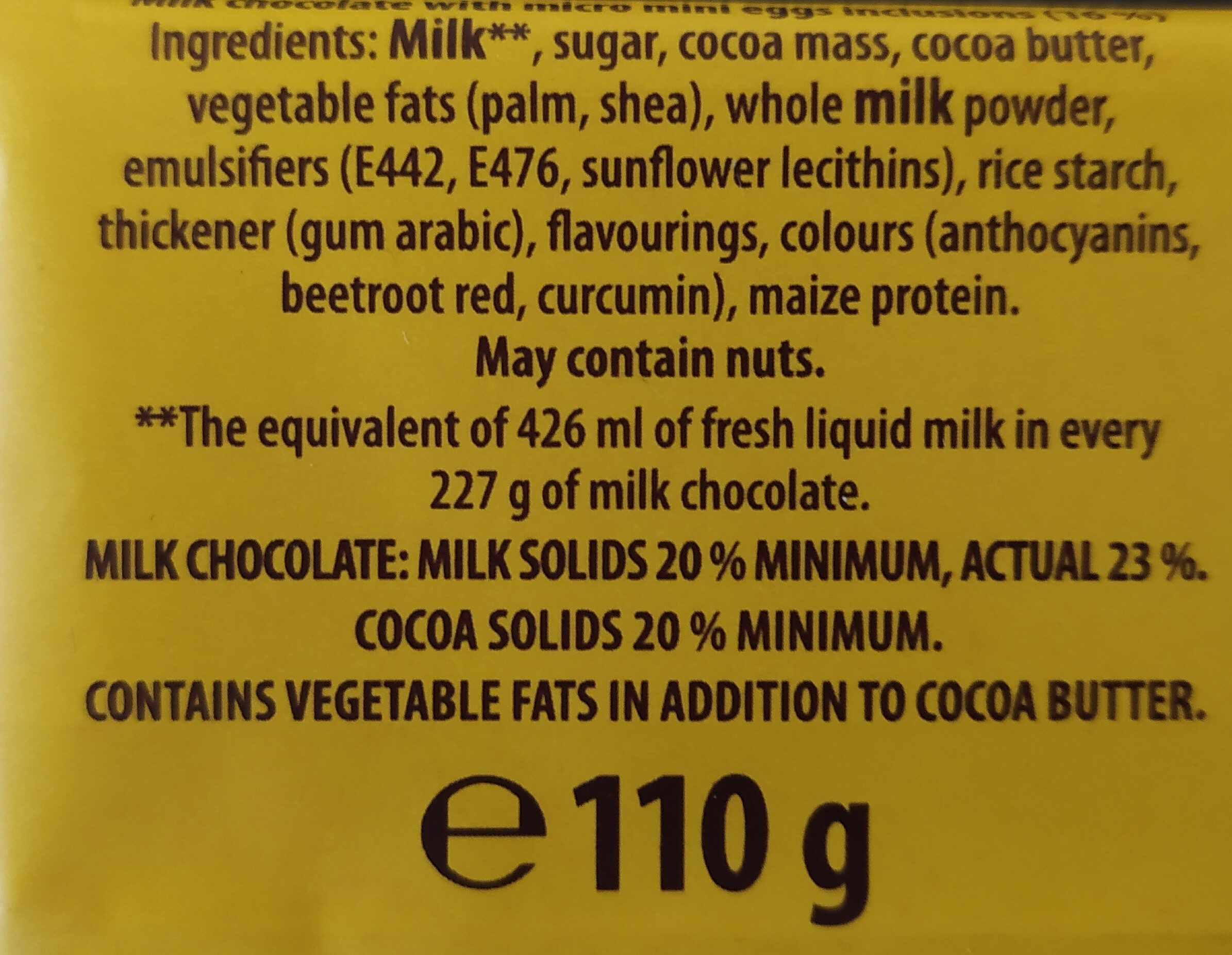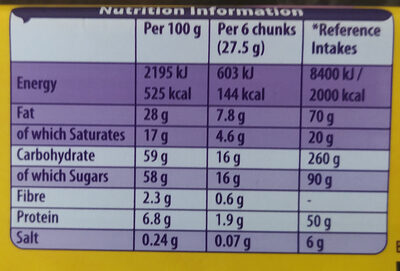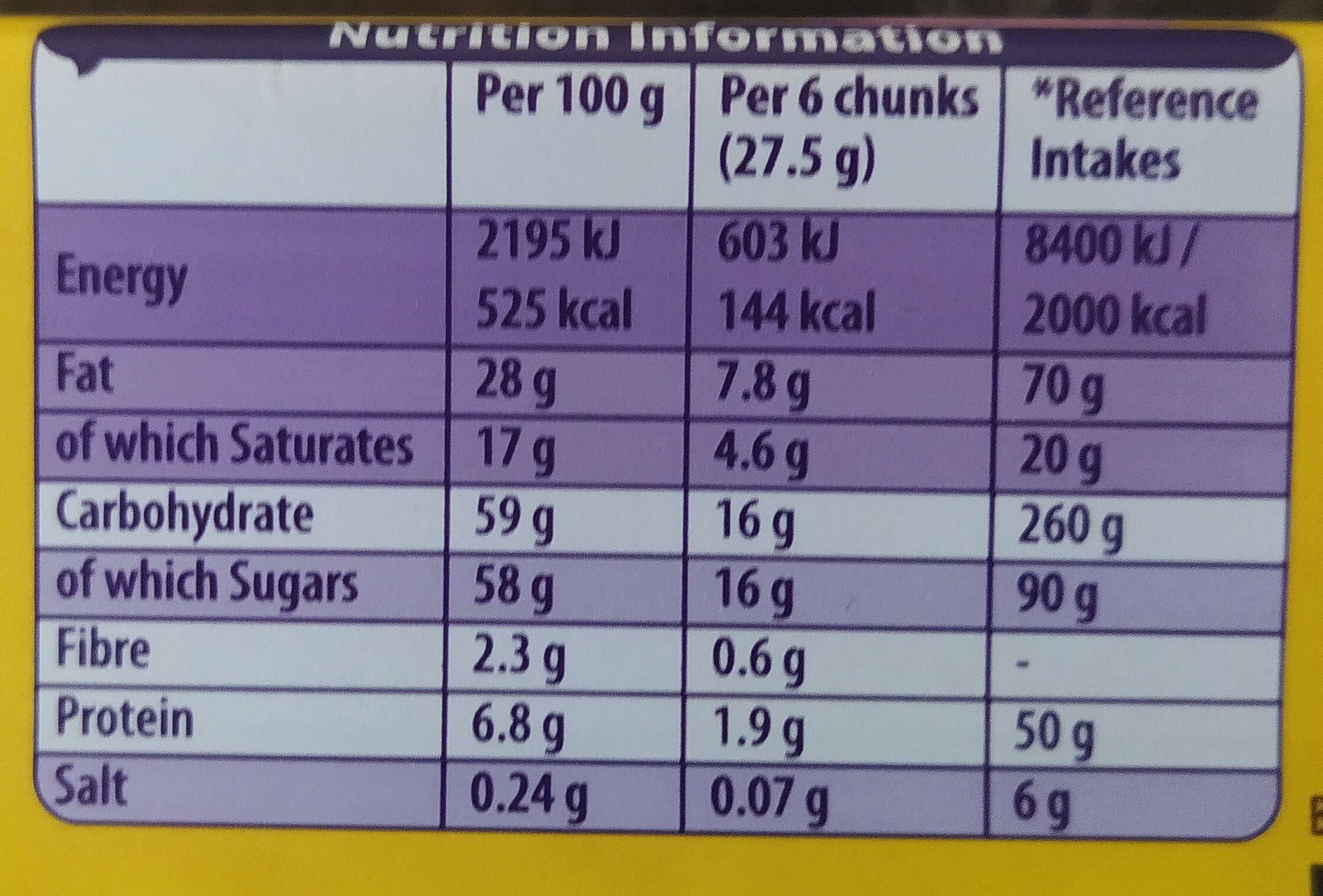Mini Eggs Chocolate Bar - Cadbury - 110 g
This product page is not complete. You can help to complete it by editing it and adding more data from the photos we have, or by taking more photos using the app for Android or iPhone/iPad. Thank you!
×
Barcode: 7622201454685 (EAN / EAN-13)
Quantity: 110 g
Packaging: Mixed plastic-wrapper
Brands: Cadbury
Categories: Snacks, Sweet snacks, Cocoa and its products, Confectioneries, Bars, Chocolate candies, Bars-covered-with-chocolate
Labels, certifications, awards:
Cocoa Life
Stores: Iceland
Countries where sold: United Kingdom
Matching with your preferences
Environment
Packaging
Transportation
Threatened species
Report a problem
Data sources
Product added on by swipe-studio
Last edit of product page on by inf.
Product page also edited by doublah, kiliweb, openfoodfacts-contributors, yuka.sY2b0xO6T85zoF3NwEKvll0aVIf4hDHPaR_Slketw8qIKLHLc_1UubnTbas.
If the data is incomplete or incorrect, you can complete or correct it by editing this page.










